Let’s face it – none of us are great at saving room in our luggage for souvenirs. Make the most of your extra space with the souvenirs worth shelling out some money – and some extra baggage fees – to bring home. Here’re our recommendations of what to get for your souvenirs of Thailand!
No matter how much time you spend on holiday in Thailand — and how many amazing photos you might have — few mementos are as lasting as a great souvenir. Taking home a little piece of the places you explore is an amazing way to remember your adventures and commemorate a life-changing journey to a foreign country. Plus, with the sheer amount of beautiful souvenirs in Thailand, its easy to find something you won’t mind sacrificing a little suitcase space to bring home.
But beyond just having something beautiful or unique to bring home with you, finding great souvenirs can also be a great way to travel responsibly. In Southeast Asia, and especially in Thailand, traditional arts and crafts are some of the most authentic testaments to culture, and are one of the few ways to take home a genuine piece of heritage and history. But with market stalls overflowing with dime-a-dozen souvenirs and mass produced copycat crafts, it’s hard to weed out the duds in a search for true arts and crafts gems that would make for great souvenirs.
In your search for souvenirs and gifts in the land of smiles, we’ve got your guide to finding what’s worth your baht, where to find them, and how they’re helping to support long-lasting craftsmanship and tradition in Thailand.
Coconut Shell Crafts
Why?
When it comes to coconuts, Thailand reigns supreme in Southeast Asia. Across Thailand’s serene white sand beaches and tropical hangouts is one of the largest concentrations of palm trees and coconuts in the region.
And although coconut juices, oils and foods are plenty popular in Thailand, crafty artisans for centuries have left no part of the coconut go to waste, and have established coconut shell crafts as a favorite souvenir for travelers. By sanding down and polishing the carved coconut shells, artisans create figurines of monkeys, elephants, palm trees and even kitchen utensils out of shells.
Where?
These coconut shell crafts are exceptionally common across all of Thailand, but some of the oldest coconut shell craft villages are located near the palm tree groves that they coconuts are harvested from. One very popular spot to find coconut shell crafts made by skilled artisans are at San Sai Village near Chiang Mai, where passers-by can even see artisans at work.
To this day, though, the most famous of all coconut craft villages is in Phatthalung, Thailand, where a famous coconut craft center is located.
Soap Flowers
Why?
Thailand’s color and vibrant culture is perhaps best illustrated with the country’s obsession with technicolor blooms, and Bangkok’s famous city flower market is just one testament to flowers’ cultural significance in Thailand. But since fresh flowers aren’t exactly great candidates for souvenirs, as they rarely survive the transport home (if they’re even allowed across an international border at all) and have a pretty limited lifespan, Thailand’s floral culture improvises. And in true Thai tradition, the improvisation involves artistic and intricate carving.
But carving soft and fragrant soaps into beautifully ornate flower designs, travelers can easily take home entire “bouquets” of Thai flowers that will last quite a bit longer than fresh flowers would. Plus, Thailand is famous for its penchant for art via carving (that even extends to fruit and vegetable decorative carvings), so these are perfect souvenirs with a little piece of unique Thai tradition, too.
Where?
Soap flowers are incredibly popular throughout Thailand, and you should have no problem spotting them in Thailand’s many street markets. To ensure that you’ve got a sustainably-produced piece, though, head to Chiang Mai or Bangkok’s NGO-run shops – these establishments ensure that their wares were created responsibly by well-paid and supported artisans.
Pottery
Why?
Pottery is a popular craftswork across Southeast Asia, with some of the world’s oldest pottery villages located through the region. But in Thailand, pottery is especially unique given its material, craftsmanship and centuries-old history. Perhaps the best testament to traditional pottery artisan culture is in Dan Kwian Village near Korat, where pottery is still made by hand (sans-pottery wheel) with the rust colored clay molded into ceramics with beautifully intricate floral etchings.
Where?
The pottery in Dan Kwian Village have supported its residents for nearly three centuries, and buying ceramic works of art here is a sure-fire way of supporting traditional arts and artisans. Its located only just outside of Korat, with plenty of travel groups making their way to the village from central Korat daily, including Absolute Asia Tours.
Handwoven Silks
Why?
If there’s anything that has established itself as the must-have souvenir for travelers to Southeast Asia, its silk. Silk production and weaving is common throughout Southeast Asia, including Vietnam and Cambodia, but Thai silk is distinct in its feel and design from its neighboring countries. The patterns and colors in Thai silk is unique based on its manufacturing process, with dyes made of natural ingredients found exclusively in Thailand used to create Thai silk’s unique range of colors.
Where?
Thai silk draws on centuries of artisan history, with many crafts families producing silk goods for generations, and using the same hand-weaving processes as their ancestors. The Pak Thong Chai silk village, for example, is still home to families who have created these hand-woven pieces for decades or more, and rely on craftsman within the family to create pieces by hand. Opting for these authentic pieces at a slightly higher price means higher quality and craftsmanshio.
Silver
Why?
Thailand is famous for its silver, and this becomes apparent the moment you stroll through a city or village market. Silver is a major part of culture in rural Thailand, will a whole host of Thai hill tribes, including the Karen hill tribe in northern Thailand. Silver is crafted in abundance in the region where the Karen tribes still reside, and much of the tribes’ income relies on their hand-crated silver products.
Where?
Karen Hill Tribe silver is sold in abundance throughout Thailand, including its major urban hubs like Bangkok and Chiang Mai, but keep a close eye on authenticity. Hill tribe silver is handcrafted, and will generally be more expensive than other lower quality silver, so don’t be afraid to sacrifice a bit more baht for higher quality.
—
Seeing where traditional arts and crafts in Thailand are produced with the same methodologies as for generations is one of the most illuminating experiences when visiting the land of smiles. Absolute Asia Tours visits the country’s most authentic craft villages and can even create a tailor-made journey for you to experience many different craft villages from north to south.

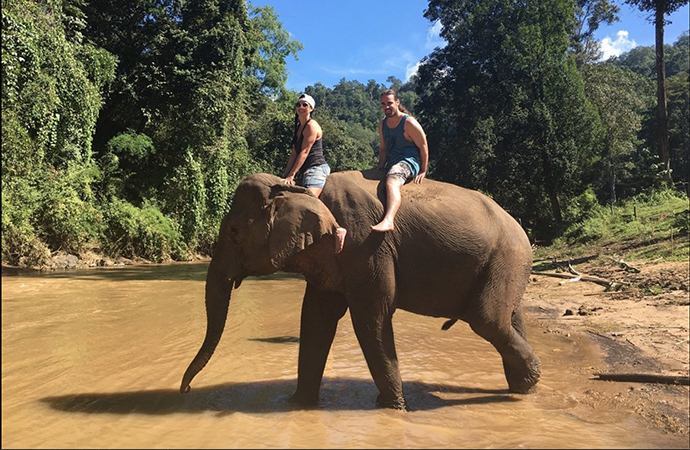
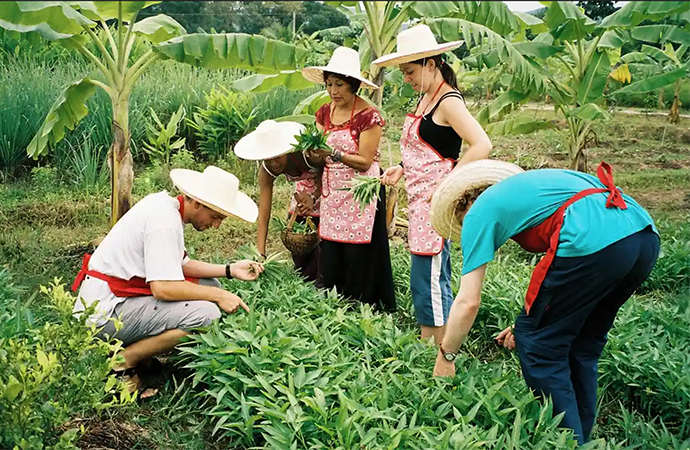
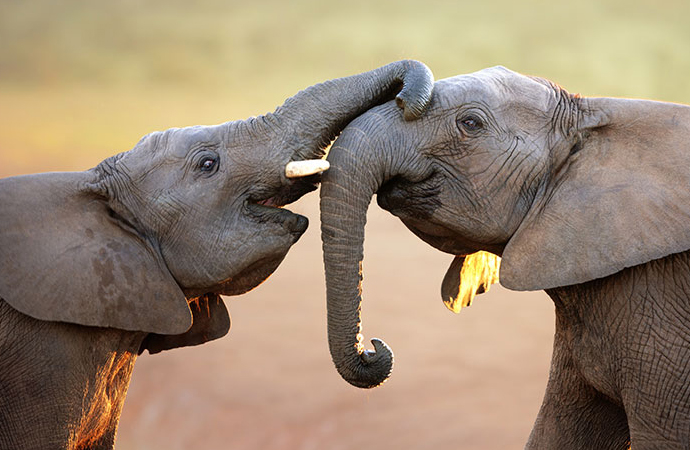
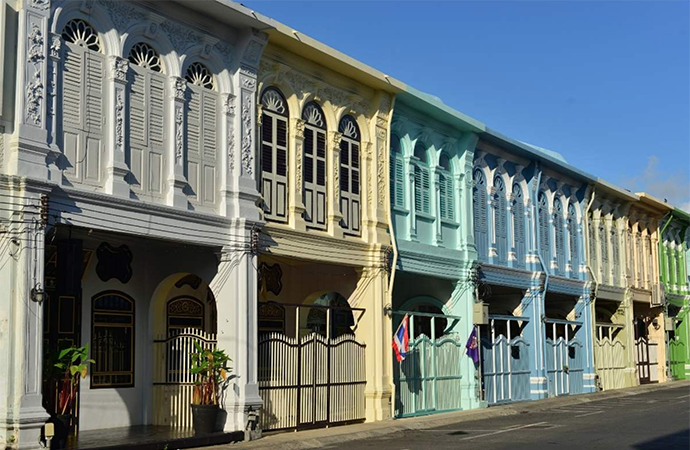
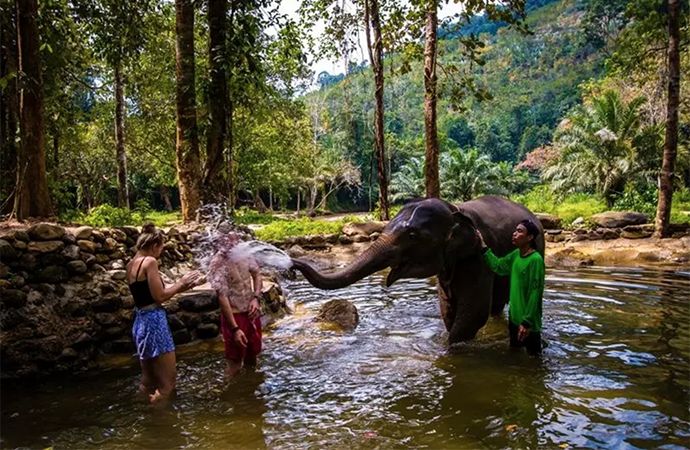 Sealand Phuket Camp
Sealand Phuket Camp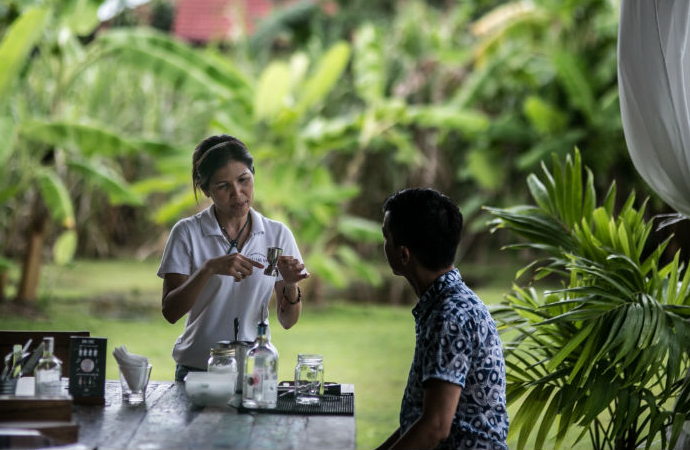
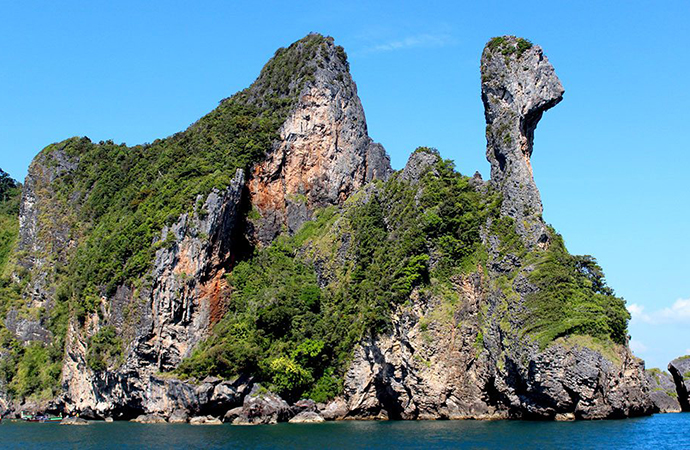

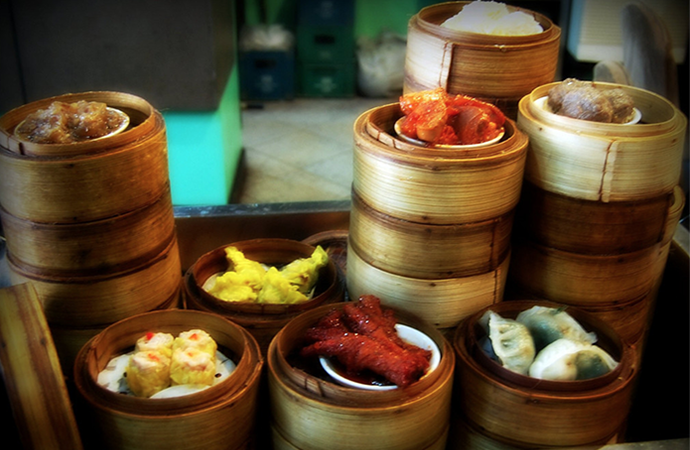
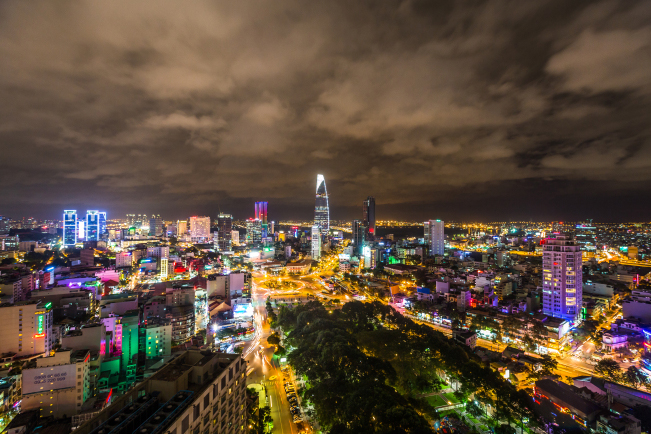

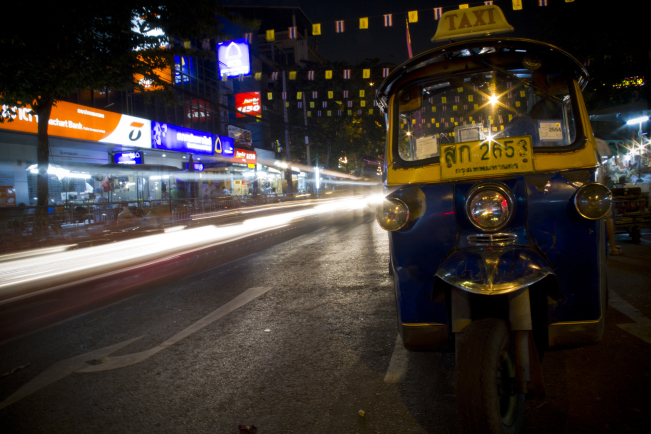
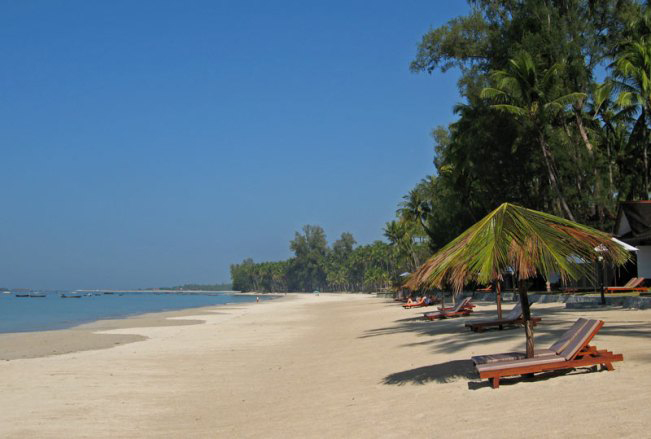
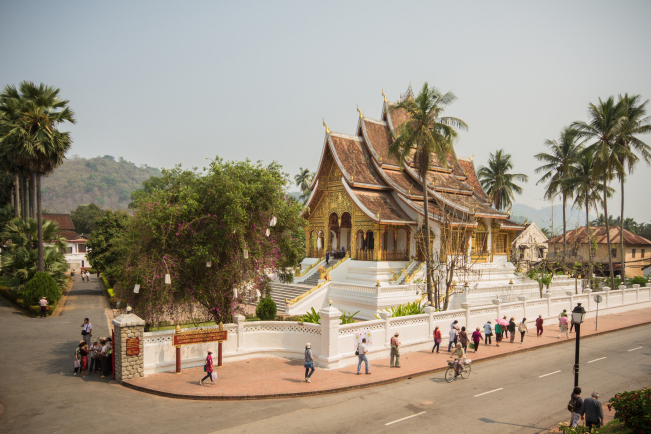

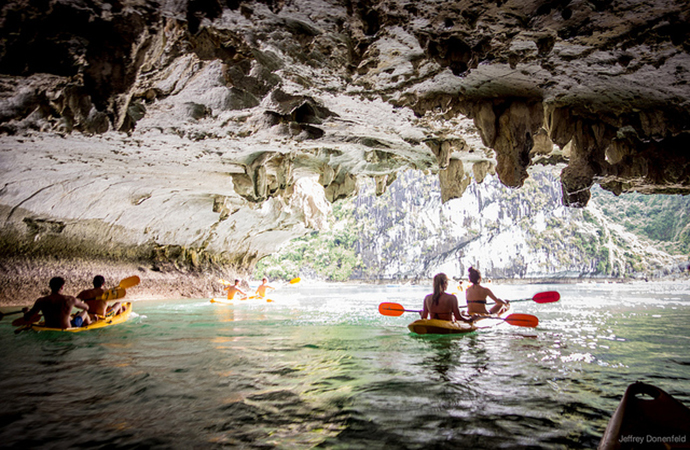
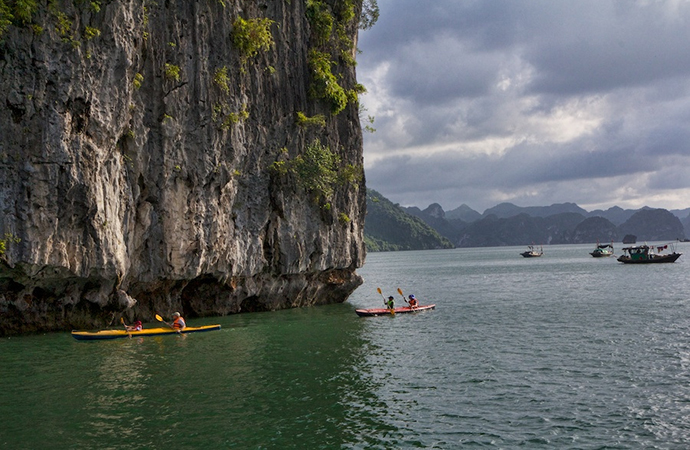

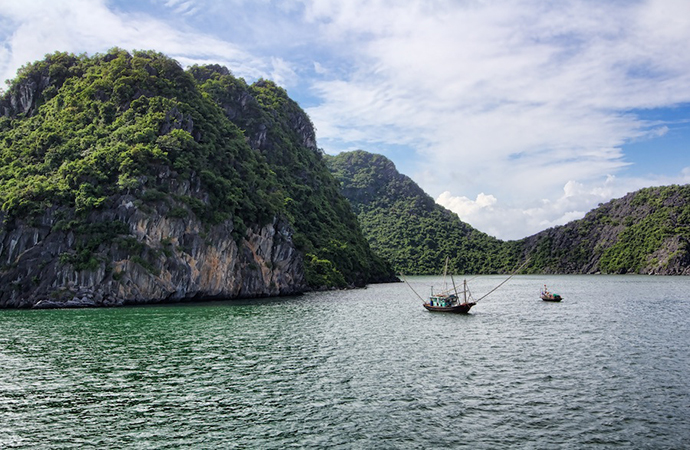
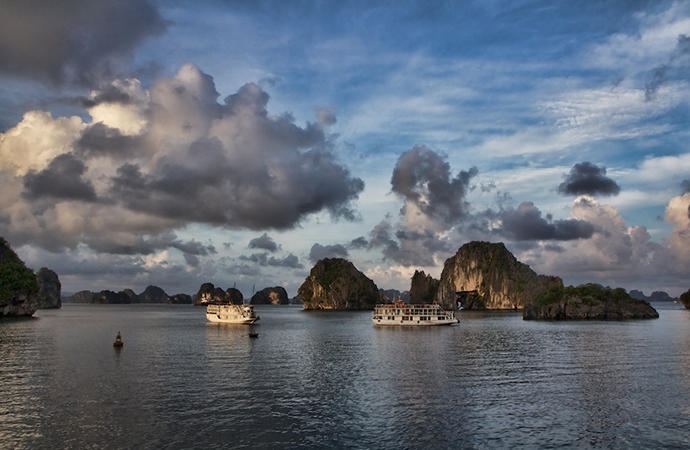
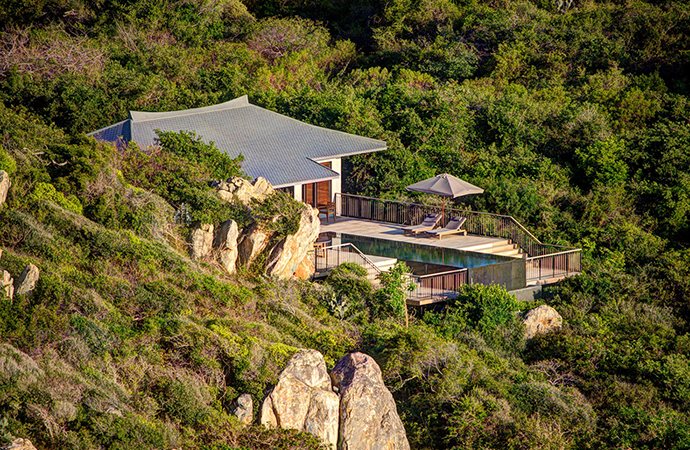
 In-Depth Knowledge with Local Insight
In-Depth Knowledge with Local Insight 


